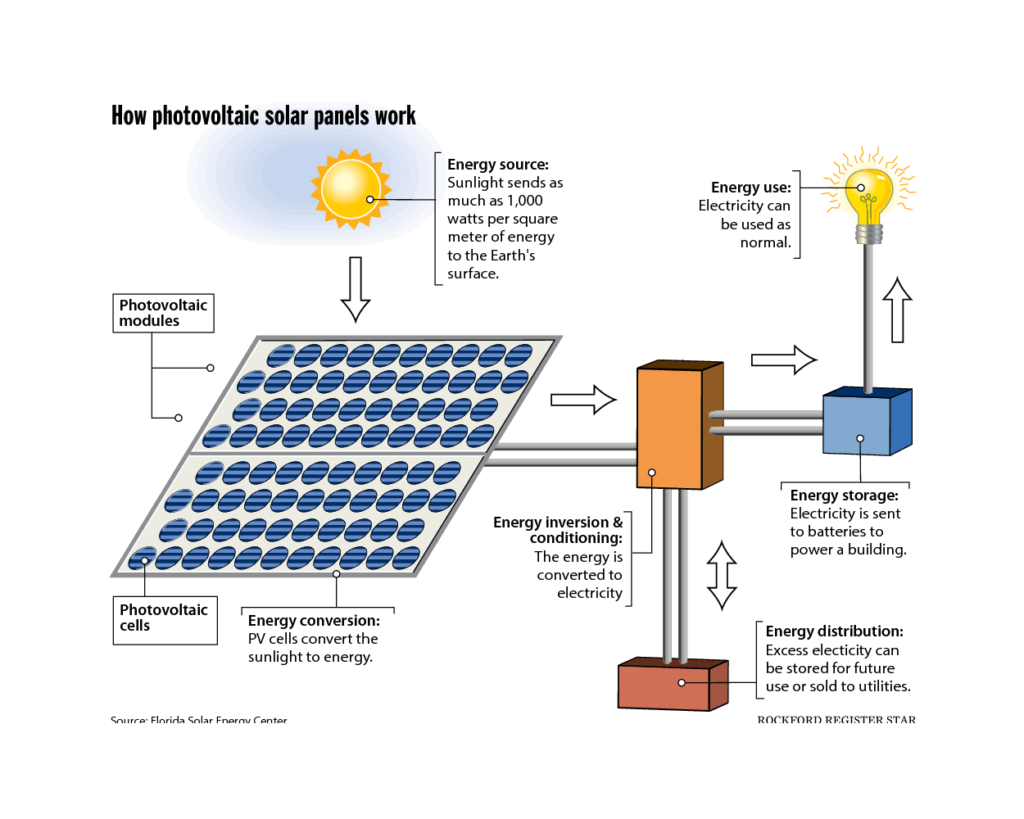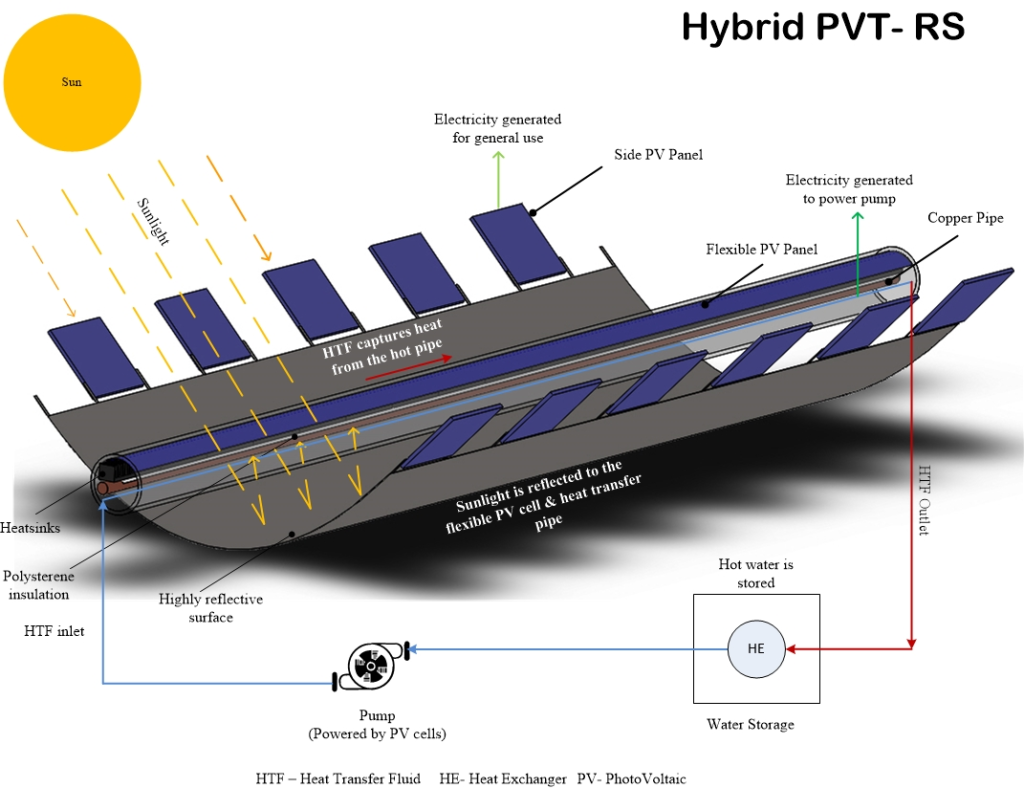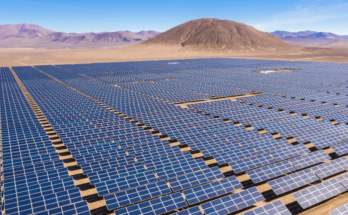
Hybrid photovoltaic/thermal (PV/T) systems provide a great alternative to plain photovoltaic modules in various applications. They offer the capability of simultaneously producing electrical and thermal energy. By absorbing solar radiation, thus increasing the total energy output. These systems actively transform solar energy from PV modules. They transform into both electrical and thermal energy by coupling the modules with heat extraction devices. The devices maintain the temperature of the PV modules to ensure optimal electrical efficiency. Optimal electrical energy efficiency while simultaneously heating either water or air. This article will present the application of PV/T systems with water heat extraction in the industry, analyzing the TRNSYS program’s systems for three different locations – Nicosia, Athens, and Madison, located at different latitudes.
Aspects of PV/T Solar Systems
Depending on the heat extraction fluid used, Hybrid Photovoltaic/Thermal Systems PV/T systems can have two fundamental types: water type and air type PV/T systems. Air type PV/T systems have lower cost and are suitable for building applications in medium and high-latitude countries. However, low-latitude countries with an ambient air temperature over 20°C for almost half of the year, limit the application of air-type PV/T systems to a shorter period.
Hybrid PV/T systems, consisting of PV modules without thermal protection of their illuminated surface to ambient, have high top thermal losses, resulting in lower operating temperature. To increase the operating temperature of the system, an additional transparent cover is necessary, such as the glazing of the typical solar thermal collectors. However, this results in the decrease of the PV module electrical output from the additional absorption and reflection of solar radiation.
Experimental Hybrid Photovoltaic/Thermal Systems PV/T
Hybrid Photovoltaic/Thermal Systems PV/T can be made experimentally using crystalline and amorphous silicon solar cells. Results show that the electrical production of the system, employing polycrystalline solar cells, is more than the amorphous ones, but the solar thermal contribution is slightly lower. A non-hybrid PV system produces about 25% more electrical energy than the present system, but depending on the location, it covers a large percentage of the thermal energy requirement of the considered industry.
System Model

The researchers utilized the TRNSYS program to actively analyze the system model of a 300 m² hybrid Hybrid Photovoltaic/Thermal Systems PV/T collectors and a 10 m³ water storage tank. They identified and mathematically described the system’s components, and used the program. Program to actively determine the long-term integrated system performance and dynamic system behavior for three locations with different latitudes. This active study represents the first time the TRNSYS program has been used for this purpose.
Conclusion
Hybrid photovoltaic/thermal systems are practical systems for water heating and meet the high demand of energy for both heat and electricity in various industries. The use of solar energy conversion systems in industry is currently marginal, but it can be broadened if PV/T systems are used instead of plain PV modules. These systems are practical and effective and can contribute to covering both the electrical and thermal industrial loads. PV/T systems have lower initial costs than plain PV modules and provide better economic figures. Hybrid Photovoltaic/Thermal Systems PV/T systems with water heat extraction generate positive life cycle savings and enhance savings for applications that demand higher load temperatures.
In conclusion, Hybrid Photovoltaic/Thermal Systems PV/T systems with water heat extraction can significantly contribute to the energy demands of the industry. By analyzing the system model using the TRNSYS program for different latitudes, we can determine the system’s long-term integrated performance and the dynamic system behavior, making the system practical and effective for various industrial applications.



One Comment on “Using Hybrid Photovoltaic/Thermal Systems for Industrial Energy Needs”